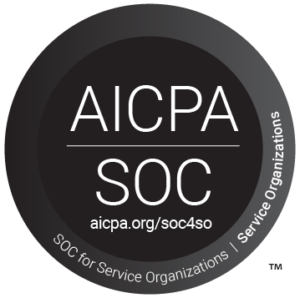What is SLA in SAP?
All About Service Level Agreements
SLA stands for Service Level Agreement and it defines the parameters of service and behavior between the provider and the customer. As more and more businesses turn to SAP solutions and SAP utilizes Cloud technologies more and more, the various SLAs gain importance. You chose SAP because you wanted to concentrate on your actual business, not all the systems around it. SAP can integrate your business functions, from customer databases to financial analysis, and it’s crucial that it continues to deliver. It is inevitable that problems occur, and when they do, the SLA that you have will determine how your issue is managed.
SLAs: Good for Provider and Client
Anytime something goes wrong, it interrupts your business in some way. It may seem to you that you are always having issues. A good SLA delineates expected performance levels, initial response times, and resolution times, as well as disaster recovery processes. That means that you will have a thorough understanding of what to expect from your Managed Service Provider (MSP). If there is a top priority fault in a system, the SLA specifies the time in which the MSP will respond, and the time within which the issue will be resolved. When deciding on a MSP, it’s crucial that you have a SLA that genuinely reflects your needs. 1st Basis develops our SLAs with our client’s input to do just that.
SLAs – Plural
You need to have a SLA for infrastructure, and one for each of the different applications that you have. While the infrastructure SLA is foundational, it won’t address an issue with a cloud-based application. Here at 1st Basis, we take the time to understand your business needs so that you have the technology you need, and the SLAs to match. 1st Basis makes sure that your requirements at every level correspond, and the various SLAs involved.
Elements of SLAs
SLAs should include metrics like Disaster Recovery and Incident Response Time, Recovery Point Objective, SAP Application Response Times, SAP Application Availability, and Infrastructure Availability. Because of the increasing emphasis on applications within SAP, you should also look for application-specific SLAs with guarantees written into the agreement. If your MSP only offers SLAs on infrastructure or Disaster Recovery, be cautious. 1st Basis, as an SAP partner with a cloud platform built for SAP HANA, provides an application SLA along with dedicated support, in addition to infrastructure and Hosting.
SLAs should include:
• Description of services
• Delineation of exemptions and exclusions
• Expectations of performance levels
• Process for disaster recovery
• Timetables for problem management (initial response and resolution)
• Implementation of service tracking and reporting
• Schedule for periodic review
Single MSP = Better Service
Having a single managed services provider allows the MSP to understand your business needs and streamlines your SLA process. It makes it easier to develop exactly what you need, and enforce it with a higher level of reliability. It’s difficult for you to be directed from one place to another and back again if there is only one MSP. At 1st Basis, we are committed to providing our clients with appropriate products and exceptional service with our outstanding application, hosting and infrastructure support. Contact us today to learn more.




